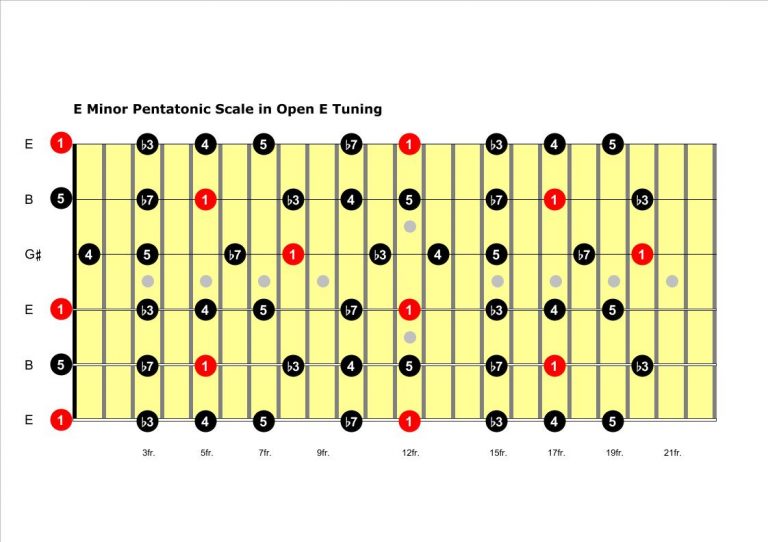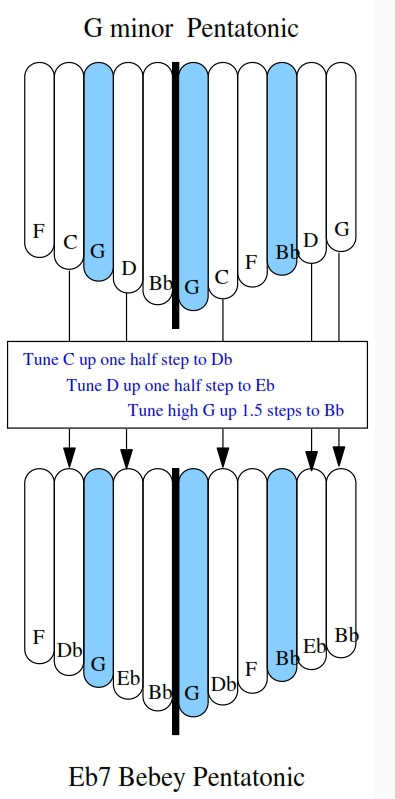
My track is tuned in a system called five-limit just intonation, via the magic of MTS-ESP. You can compare the historical versions of these notes yourself in this track I made. They weren’t just written differently they sounded different.

Before the advent of temperament systems, D-sharp and E-flat were two different notes. Five hundred years ago, however, it would have made a very big difference. Okay, so if you spell B major using flats instead of sharps, then it’s hard to read in notation, but what musical difference does it make? On a modern-day piano or guitar, the answer is, none whatsoever. If you were to spell it as B, D-flat, E-flat, E, G-flat, A-flat, B-flat, it would sound exactly the same, but it would be harder to read, and you would lose points on your music theory exam. So for example, you spell the B major scale like so: B, C-sharp, D-sharp, E, F-sharp, G-sharp, A-sharp. All major scales are considered to be based on C major, and you are supposed to preserve the white keys’ names, modified by accidentals as needed.

The usual answer is that you are only supposed to use each letter name once in any given scale. But what if you’re in A blues? How are you supposed to spell it then? And what difference does it make anyway? If you are in B major, the note is supposed to be called D-sharp, and if you are in B-flat major, the note is supposed to be called E-flat, that makes sense. I have since learned to use the correct name, but it still feels arbitrary sometimes, especially outside of diatonicism. I pretty much always called it E-flat, regardless of context.

Guitars don’t have black and white keys, so when I was a feral self-taught musician, I just thought of that note as the eleventh fret on the E string, the sixth fret on the A string, the first fret on the D string, etc.

You could also think of it as a lowered E, in which case it’s called E-flat. You could think of it as a raised D, in which case it’s called D-sharp. This confusion applies to all of the black keys, but in this post, I’ll be talking about the one between D and E. Why do the black keys on the piano each have two different names? If the posts on r/musictheory are any indication, this is a persistent point of confusion, especially when music theory teachers get all persnickety about using the correct name.


 0 kommentar(er)
0 kommentar(er)
